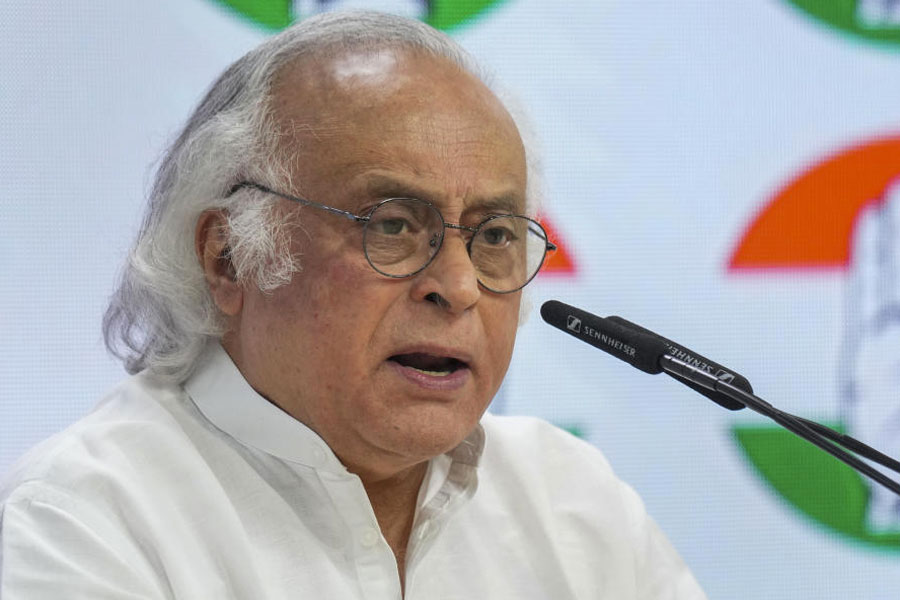 |
A visit to her garden, snuggled peacefully in the Circuit House area, is enough to cure one of all fatigue. Vimla Surie, a trained psychotherapist, is also a staunch believer of the healing powers of Ayurveda and that of the colour green.
And that was why she combined both her loves, in her garden space, provided to her by company officials and created a marriage of both — in a herbal garden.
Even if one is not an herb enthusiast, the space has an endearing quality. Maybe because it’s so green and her love for plants show in their robust health. But her love for trees and herbs has not overshadowed her affinity with simple designs and maximum utilisation of space.
What began only as a passing interest, slowly developed into a passion. Now she is completely bitten by the green bug, so much so that Surie employs three full-time gardeners to tend to her precious possessions, a collection that grows almost everyday.
Her babies, as she likes to call her plants, are all originally from Patamda. They were brought to the steel city with the help of a former forest officer. What began with a handful of herbs, now has expanded to 25 varieties of rare and common herbs, and still counting.
So, for those who care, it’s right here that one may get to see Ram, Shyam and Van Tulsi together. Then there are innumerable neem trees and Bahera, Amla, Harhar, Basak, Ulat Kambal, Ashwagandha, Nishinda and Hatjor plants all under one roof. Bright green leaves of Aloe Vera, commonly referred to as Ghrit Kumari, adorn a corner. An almost equal space is devoted to an Arjun tree. The speciality of a Arjun plant, the lady points out to us, while tending to it, is that its bark when removed and boiled, yields an effective medicine that controls high blood pressure. Then there is Ulat Kambal known for its effective cure of gynaecological problems and Kalmegh popular for its power in healing gastric problems. While leaves from Hatjor in the corner work wonders when applied on wounds. Giving them company are tall Lemon Grasses that makes for a nice cup of evening tea as well acts as nerve-soother.
Also present in abundance are beautiful Touch-me-nots that add that all-important splashes of colour to the space, where different hues of green jostle for attention. And the Pather Kunchi hedges add that extra oomph to the space.
My garden: It was more with an intention to create an awareness regarding alternative healing that I thought of a herbal garden. But people had warned me that such a specialised garden would require specialised help. Contrary to what people think, these plants do not require any special treatment.
My garden is currently undergoing a “healing therapy” and some extra features are being added for Diwali. Each plant is being adorned for this festive season with white pebbles, placed around around it.
Previously, I must admit, the plants were scattered all along the place, but now it’s steadily getting transformed. Hopefully, it will get more organised over time.
And I have realised that natural manure, which has no side effects, is the best growth-enhancing factor for plants. The only thing to be kept in mind is watering the plants right.
Not too much or too little water should be given. Keep in mind the type of plant and the weather conditions in an area. Water-logging of roots has to be prevented in all seasons and at all cost.
Straight from soil
Drainage is probably the most important factor in successful herb growing. Herbs won’t grow in wet soils. If the garden area is poorly drained, you will have to modify the soil for any chance of success. To improve drainage at the garden site, remove the soil to a depth of 15 to 18 inches. Place a three-inch layer of crushed stone or similar material on the bottom of the excavated site. Before returning the soil to the bed area, mix some compost or sphagnum peat and sand with it to lighten the texture.
Then, refill the beds higher than the original level to allow for
settling of the soil.










